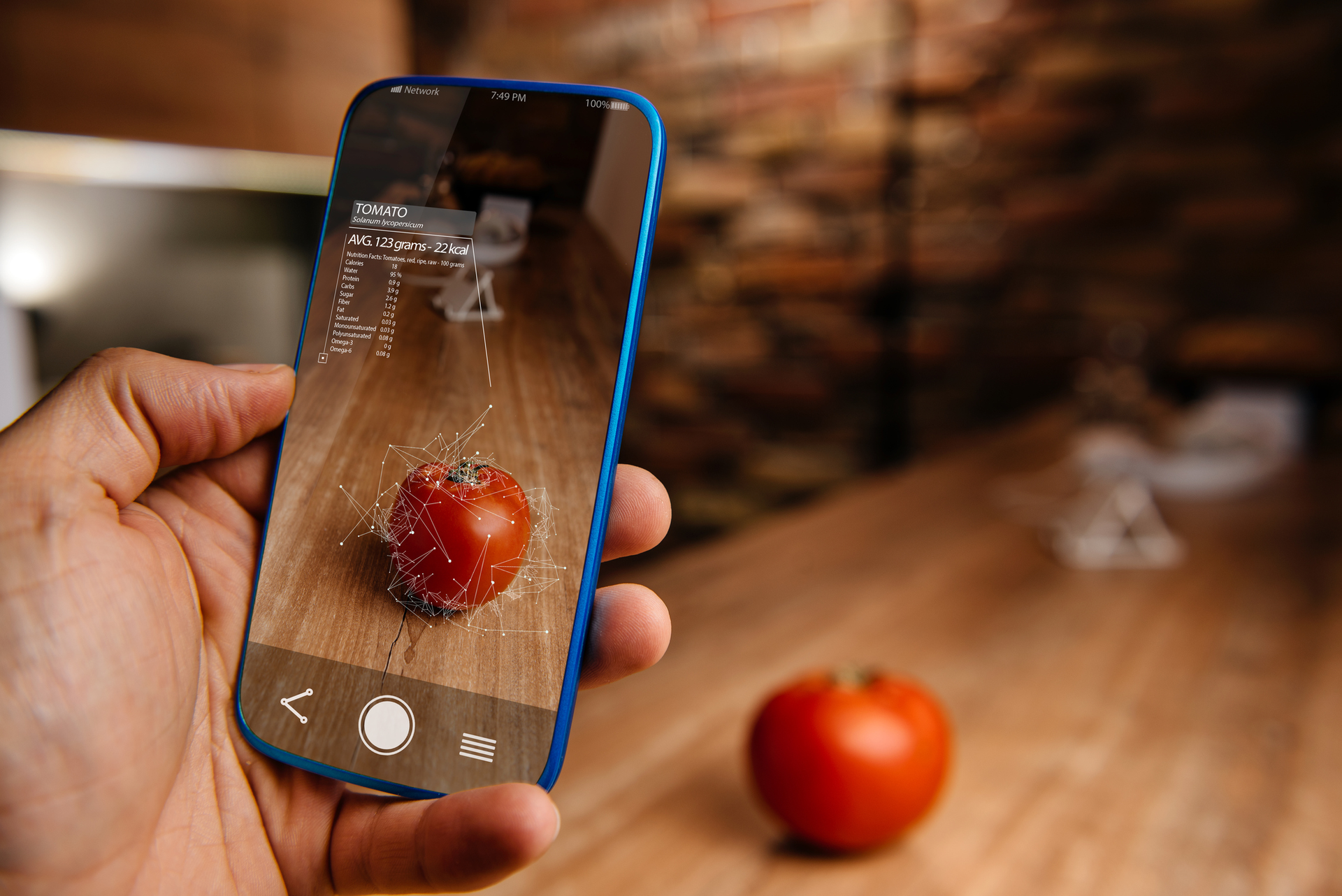Those of us who have grown up watching The Jetsons or even Star Trek were shown a vision of the future in which the tasks of daily life were completely reshaped by technology. Now some of those abilities that were in the realm of science fiction are becoming real possibilities. The question for marketers is: what role should tech be playing in reaching customers?
An eCommerce-focused software company called Elastic Path set out to find the answer. As a result of surveying 1,015 consumers and 300 B2C marketing professionals, they found that there is a disconnect between what customers would like and what the pros think they want.
“The Sci-Fi Shopper: How to Future-Proof Your Brand for the New Consumer” is the title of the ebook they published on the subject. Darin Archer, Elastic Path’s Chief Strategy Officer, spoke to me about the difference between assumptions about the appeal of technology and how it actually can be useful in building better relationships between brands and consumers.
Their initial premise was that the “Jetsons” style tech that can be done today is what consumers want. But as it turns out, consumers don’t care about the wow factor of experiencing “sci-fi” style technology. What they really care most about is convenience.
The advanced tech that they found attractive was not “the super flashy,” Archer said, but “what makes my life easier.” As the report tells marketers, today’s consumer “expects streamlined, easy and frictionless” purchase processes. The brands that will win customers are the ones that will deliver it to them.
That means that brands should look into anything that can make it easier for customers to finalize the purchase. That’s where voice activation can be helpful. But as for the tricks of AR and VR, customers, they’re only of interest if they are perceived to be useful. Archer observed that they found that 56 percent of shoppers said VR was over-hyped, but only 38 percent said that of AR.
He suggested that this could be due to the fact that at present there are more practical use cases for AR than for VR. He offered examples like showing what a kitchen appliance would actually look like, in its place in your kitchen, or how a rug not just fills your living room but how it looks under your furniture.
Brands and customers not on the same page
What’s really interesting is how the brands are so far off in identifying the primary concerns of their customers. For example, the top item on a customer’s wishlist (67 percent) is checkout-less payment options.
Only 18 percent of brand representatives identified that as what their customers would like to have. They failed to perceive that customers really wish “to solve pain points like long lines,” Archer pointed out.
The second technological convenience customers would like is smart devices. More than half (58 percent) identified that, but only a quarter of brand representatives understood that to be desirable for customers. There was a similar gap for voice-enabled commerce, which 57 percent of customers said they wanted, and only 23 percent of brand representatives anticipated that.
Voice is gaining a lot of traction among consumers. Archer explained that, depending on who is offering the data, you’d find that around a third currently use an Alexa or Google Home device. That doesn’t translate into daily use for all, as only a fifth of those with the devices use it regularly. But 25 percent of those do report using it several times a week, and he anticipates that will break into the 50 percent range once they get through the learning curve.
Customers identified the following four categories as the ones they would most like to order through a voice interface:
? Groceries — 69 percent
? Health and beauty products — 67 percent
? Books, movies, and music — 59 percent
? Clothing and accessories — 43 percent
With the rise of voice, he explained, Amazon has ceded its promotion of Dash buttons in favor of Alexa. Additional high tech solutions are being implemented by some manufacturers that want to set up a direct-to-consumer relationship to stimulate sales.
To illustrate the possibilities, he referred to the pet products site Chewy.com. It can work off sensors that could detect when a supply is running low and signal that it’s time to reorder. Even without such sensors, it offers convenience in promoting its Autoship option, which operates similarly to Amazon’s Subscribe & Save.
Even though these programs are obviously designed to increase sales, consumers do opt in because they see the value proposition in it for them, not just for the percentage discounts but for the convenience of having new orders go automatically without their having to lift a finger to replenish necessities. This is the same concept that underlies the appeal of advanced tech to consumers. It’s not just a matter of dazzling them with special effects but of delivering a solution that removes their pain points.







